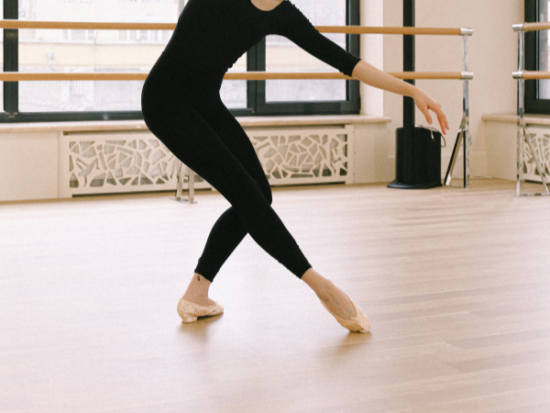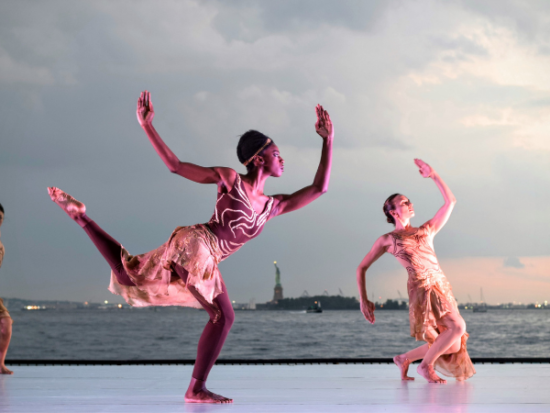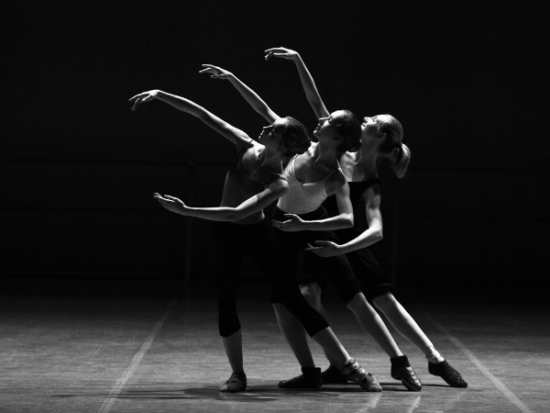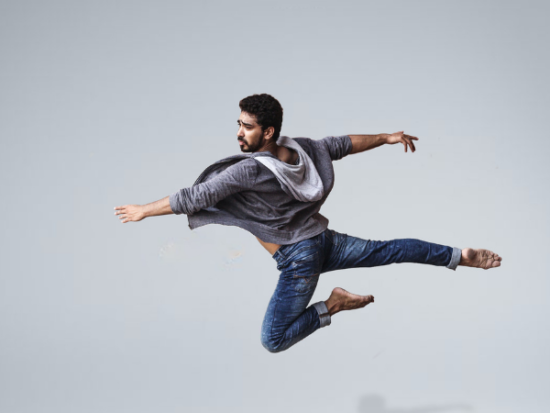Everything you need to know about contemporary dance
Contemporary dance may seem like a wild, expressive series of movements, but it is an art that can be mastered with hard work and practice. Unlike the strict and structured disciple of classical dances, contemporary dance classes teach more fluid and free movements. It focuses instead on floor work rather than solely body or footwork.
In part, this dance is popular because of its accessibility to dancers. While rigorous training is still needed to master this dancing style, its free movements allow for plenty of creative freedom. Some contemporary dance students even say that it is interpretative, giving the dancers an outlet for their emotions in a physical way.
There are plenty of things to learn about contemporary dance. Its history, the people who excelled much in it, and how it came to be one of today’s most popular genres. If you plan on perhaps eventually enrolling in a few contemporary dance courses, read on to know more.
What is Contemporary Dance?

The term “contemporary” is somewhat misleading. While the word means “current or present,” it describes a genre that developed during the mid-20th century which is still quite popular today.
One can also say that contemporary dance is a neo-classical type of dance that is a strong mix of elements of a variety of different styles such as modern, tap, classical ballet, jazz, ballroom dance, and even hip-hop.
While the dance borrows and combines movements from other genres, it’s still a genre all on its own. Professional dancers of this style strive to connect the mind and the body via their movements and composition fluidity.
They use different kinds of shoes such as ballet pointe shoes or even barefoot. One can perform this dance with too many different types of music or no music at all.
How Did it First Start?
Ballet developed around the 19th century. It was a formal technique that took a lot of training and discipline to master and was performed solely in theaters in repertory and concerts. Around the end of this century, dancers began to break the mold.
They took what movements that ballet technique offered and made it into their own, letting their bodies control the dance instead of the other way around. During the early 1900s, a new dance style emerged and was dubbed “modern dancing.” During this time, there were many renowned performers, all of whom decided to innovate the dance style until it became what it is today.
While modern and contemporary dance are often mistaken to be synonymous, they are two separate genres. They have many common elements, mainly that their roots can be trace back to classical ballet techniques. The main difference is that modern dance focuses more on dancers’ emotions, while contemporary aims to create new techniques and styles.
Why is Contemporary Dance So Popular?
Contemporary dance’s popularity is partly thanks to its freeform, which gives the dance performances both a creative and sometimes otherworldly vibe. One can refer to it sometimes as “post-modern” or structureless, giving many dancers performance opportunities to showcase their different techniques.
Many have taken an interest in this particular style because it can nurture a dancer’s creativity. Some also consider it a great starting point for those who want to be of introduction to the world of dancing. It is by no means inferior to ballet, jazz, or any other form of classical dance.
Contemporary dancing also requires strenuous training to be able to be in tune with one’s body. Enough so that you can create fluid movements all on your own. Many contemporary dance companies now offer classes at different levels. You can even learn in the comforts of your own home via online dance schools.
Contemporary Dance Stars Today
The pioneers of contemporary dance include Isadora Duncan, Martha Graham, Merce Cunningham, Paul Taylor, and José Limón. These dancers and choreographers all believed that dancing should be a sort of blank canvas for dancers. According to them, freedom of movement expressing the body’s innermost feelings should be at the forefront of a dance technique.
These contemporary dancers created a following that would last generations. They are icons among professional and trained dancers in the industry because not only did they popularize the freeform, modern technique, they also show the world that dancing should be a fun and creative endeavor to help lift one’s self-confidence.
There are still many talented young dancers in America who see these legends as inspirations. Today, several famous dancers have mastered the art of contemporary and are now teaching it worldwide to willing students.
You might recognize a few of these names: Martha Clarke, Twyla Tharp, Sang Jijia, Tadashi Endo Virginia Tanner, Dada Masilo, Terence Lewis, Rosalie O’Connor, and Brenda Daniels. Some famous choreographers are Crystal Pite, Trisha Brown, William Forsythe, Mark Morris, and Russell Dumas.
Contemporary Dance Classes Near You
If you are looking to learn this particular technique, many dance studio classes would gladly offer them. These professional companies usually employ professionals to teach contemporary dance to those who are of interest regularly. There should also be a contemporary dance conservatory in bigger cities for more intensive arts workshops in the dance.
Many parents want their kids to start young, thus increasing classes for toddlers and kids, but there are also classes for adults. A quick internet search will show you many dance studios in the United States that offer these classes.
You may want to take them once or twice a week consistently over a few months to learn the techniques and a better gauge of a program, but your schedule is also entirely up to you.
Final Thoughts
There are many dancing techniques out there for everyone to try at least once. Dancing, after all, is a universal activity that can be as serious or light as people want them to be. It is suitable for the body to move to the beat of the beat your own making. Contemporary dance is one of the genres that is more lenient with its techniques.
In short, you don’t need to be a trained professional to try contemporary dancing or enroll in related programs. This genre allows for creativity and fluid dance movements to see which ones tickle your taste and are comfortable with aesthetically pleasing to the audience. If you are considering taking dance classes, this particular style is worth learning.




